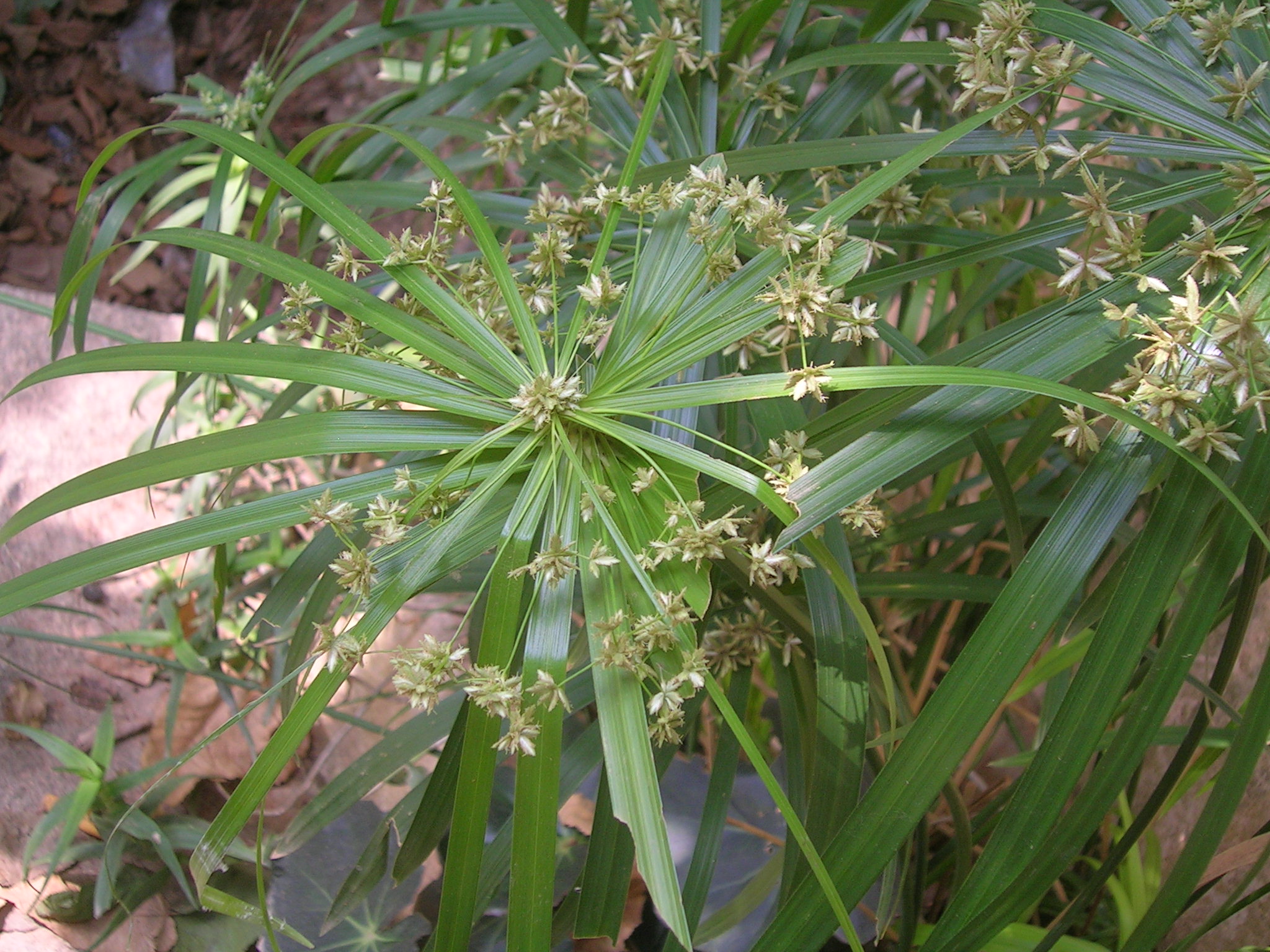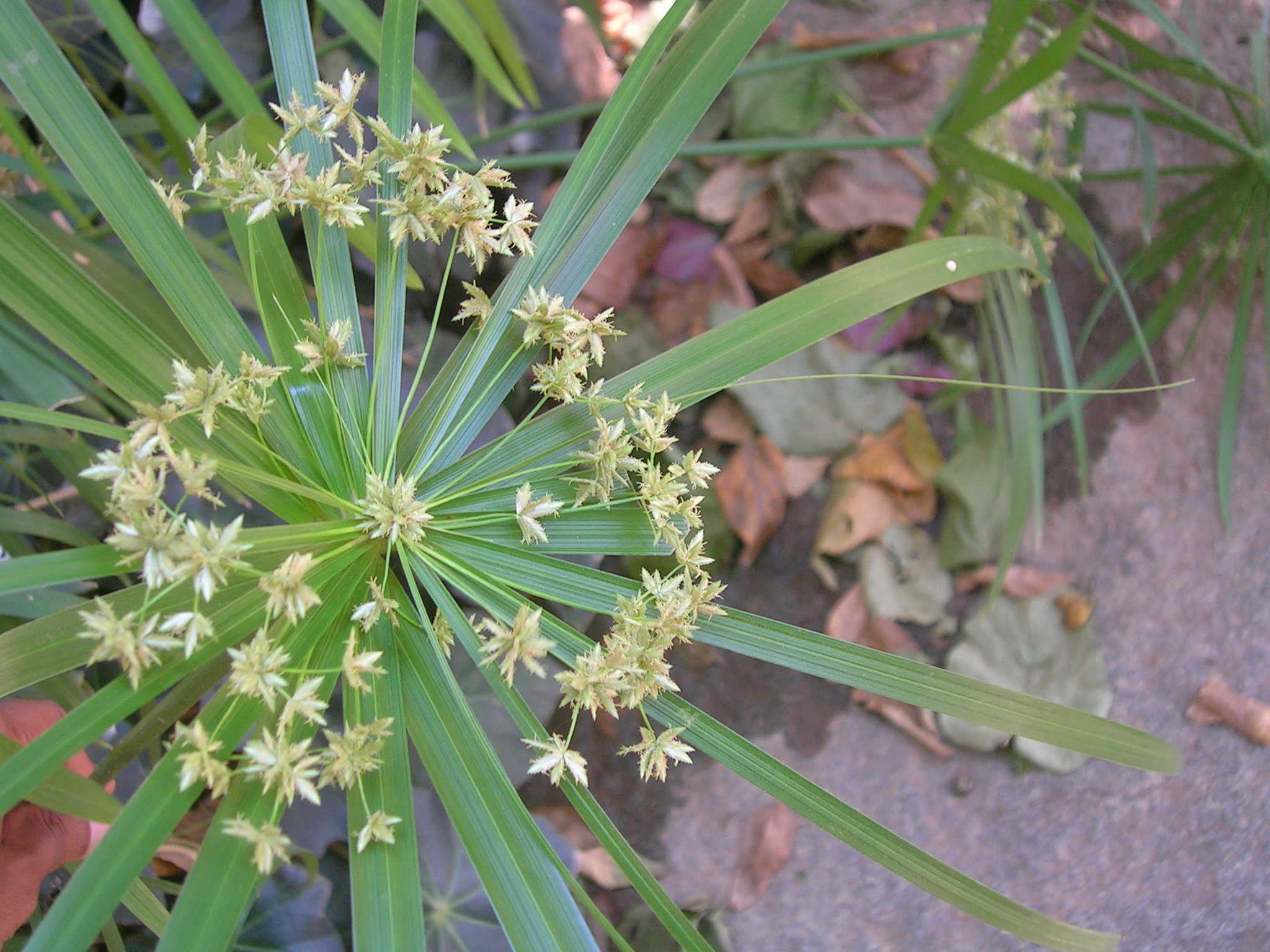F-W-E
The levers three
each in turn in the centre be
A school mnemonic to remember the three orders of levers (with the fulcrum, weight and effort at the centre).
 |
| Muscle schematic |
In biological systems, the third order lever is the most often seen system. On a recent trip a friend of mine pointed out the foraging technique used by
Asian Pied Starlings - they always pierced the soft soil and then were opening apart their bill to uncover prey. Some subsequent research showed that this prying or gaping action of starlings was well documented from an anatomical perspective but rarely recorded in behavioural studies. Another Indian bird that is well known for prying is the Hoopoe. All these birds have better developed muscles to open apart the bill. However some species have the lower mandible processes extending further back to give extra leverage.
It is a better known fact that birds can move their upper mandible, to a greater degree in some cases as in the skimmers and parrots.
 |
| Huia skulls |
Lower mandible depressor muscles and the extended process at the back of the mandible are (were ?) particularly pronounced in the now extinct
Huia. This bird had an extraordinary sexual dimorphism in the bill shape (although the bony parts are similar and the difference in length largely accounted for by the rhamphotheca). It appears that a downward curve is quite helpful when depressors are well developed. The Huia also had a cavity at the back of the skull to accomodate the muscles used to open apart the beak. Interestlingly a fossil bird with similar adaptations was described in 2005 by Gerald Mayr. Although the case of the Huia was never mentioned in that study, he notes that none of the skulls he examined (including that of the Pied Myna) had as long a process extending backward.
References













